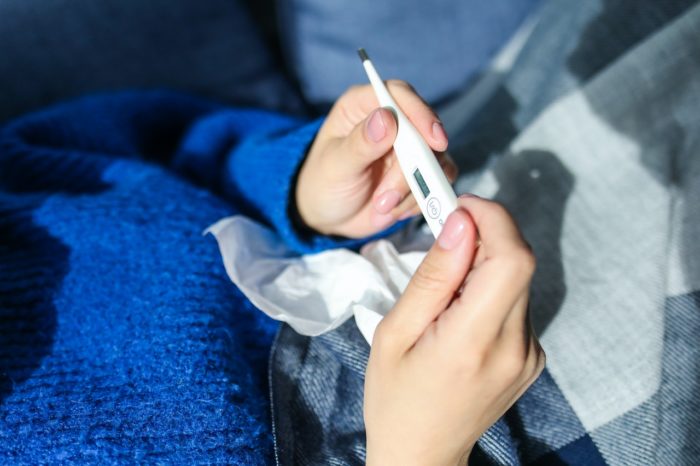
A federal court in New York recently struck down four federal Department of Labor (DOL) rules related to the leaves provided by the Families First Coronavirus Response Act (FFCRA). As a result, certain aspects of the FFCRA are now more favorable to employees.
Unfortunately, it’s not clear if the ruling applies nationwide or only in the Southern District of New York court’s jurisdiction. However, for now, we recommend employers err on the side of caution and assume these particular rules no longer apply.
Here are the rules that the court invalidated:
1. The requirement that work be available for an employee to use leave.
DOL Rule: The DOL said that for an employee to use Emergency Paid Sick Leave (EPSL) or Emergency Family Medical Leave (EFMLA, aka EFMLEA), the employer had to have work available for them during the time they needed leave. For instance, if an employee was furloughed while sick with COVID-19, they would not be eligible for EPSL.
The Court’s Ruling: Availability of work is irrelevant. If an employee is still employed, they should be allowed to use FFCRA leave for qualifying reasons. (Even if they are not on the schedule.)
2. The requirement that employers agree to intermittent leave.
DOL Rule: Employees must get approval from their employer to use intermittent leave to care for their children when their school or place of care is unavailable because of COVID-19.
The Court’s Ruling: If an employee needs intermittent leave (partial weeks or partial days off) to care for their child whose school or place of care is unavailable because of COVID-19, the employer must allow it.
3. The requirement that employees provide documentation before taking leave.
DOL Rule: Employers could require that employees provide certain documentation before being allowed to take FFCRA leave or before designating the leave as EPSL or EFMLA.
The Court’s Ruling: Employers can still require documentation (which is necessary to get their tax credit). However, they can’t prevent an employee from starting leave before the employee provides documentation. The law clearly states that an employee must provide notice “as is practicable” when taking EFMLA and after the first workday of leave when taking EPSL.
4. The definition of health care provider, for the purpose of exemption from leave.
DOL Rule: The DOL defined health care providers very broadly, to include anyone who works for a healthcare entity and many who contract with one. (The rule was so broad that an English professor at a university with a medical school could be exempt.)
The Court’s Ruling: The definition is too broad. However, the court did not provide a new definition. We recommend that employers apply the exemption only to those employees capable of directly providing healthcare services.
Let’s Talk
We will be watching closely for activity in this case and will let employers know if and when things change or become clearer. For more COVID-19 business support, be sure to check out our COVID-19 Resources Hub and Return to Work Plus package. And don’t forget to follow us out on Facebook, Twitter, and LinkedIn for even more business tips & tricks!
Photo by Polina Tankilevitch from Pexels
